Best Android Phones: November 2021
by Andrei Frumusanu on November 19, 2021 8:00 AM EST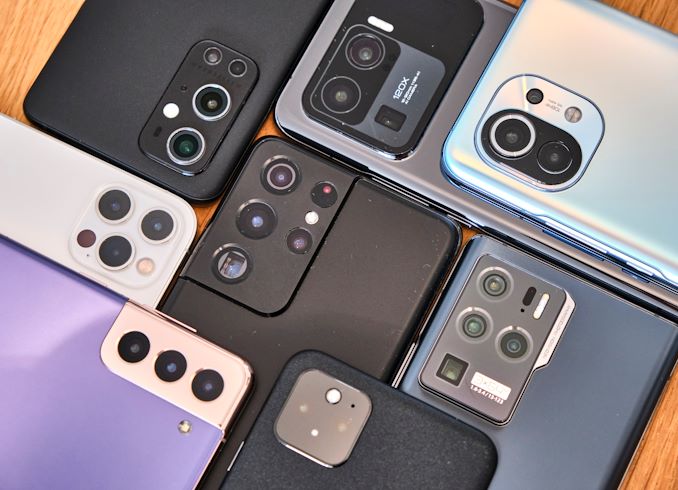
In our series of best product guides, here’s the latest update to our recommended Android Smartphone list. All numbers in the text are updated to reflect pricing at the time of writing (November 19th).
We’re nearing the end of the year and the holiday season, and all relevant devices for 2021 have seen their releases, and we’re entering a period of quiet before the industry sees larger refreshes early next year.
The biggest shake-up in the last few weeks has been Google’s releases of the Pixel 6 and Pixel 6 Pro. Although the phones are solid and shine in some aspects, their real strength has been in their pricing, which Google offering very compelling value, especially for US readers. This changed up our recommendations at the top-end quite a bit for this month:
| AnandTech Android Smartphone Recommendations: November 2021 (Street-price at time of writing) |
||||
| Segment | Option #1 | Option #2 | ||
| Ultra High-End | Galaxy S21 Ultra ( $999 / 1062€ ) |
Pixel 6 Pro ( $899 / 899€ ) |
||
| High-End | Pixel 6 ( $599 / 649€ ) |
Wait until Spring Devices or Galaxy S21 / Galaxy S21+ ( $819 / 719€ - $899 / 849€ ) |
||
| Mid-Range (Global) | Xiaomi Mi 11 Lite 5G ( 319€ ) |
|||
| Mid-Range (US) | Pixel 5a with 5G ( $399 ) |
|||
| Best Low-End (Global) | Xiaomi Redmi Note 10 Pro ( 279€ ) |
|||
| Best Low-End (US) | Samsung Galaxy A32 5G ( $279 / 279€ ) |
|||
At the super-high-end, the Galaxy S21 Ultra still maintains its position as the best outright device in the market right now. US readers have seen prices again go back down to $999 at time of writing. The S21 Ultra has seen competition from the Pixel 6 Pro, the new Google phone definitely competes very hard in terms of the camera performance, however does have compromises when it comes to battery life and screen quality compared to the S21 Ultra, as well as offering less performance compared to the Snapdragon variants of the S21.
At the high-end, the Pixel 6’s extremely attractive pricing of $599 or 649€ makes this new Google phone a extremely easy buy for North-American users as it under-cuts the competition by a lot. It’s definitely not a phone that has all bells and whistles, but the value that can be had here is great. For global users, availability remain an issue with Pixel phones. If you can get your hands on one, it’s a consideration, but otherwise the Galaxy S21 series are still more solid phones, albeit a bit more expensive.
Generally, this segment right now is at the end of the yearly product cycle, and given prices haven’t been much lower than fresh devices in spring, I would recommend users to consider waiting on the next-gen devices in a few months’ time, as you can get a newer generation phone for similar prices, and your investment will hold value for longer time.
Global mid-range is still dominated by the Xiaomi Mi 11 Lite 5G at only 319€, it’s an excellent phone for the price.
In the US mid-range, the Pixel 5a with 5G remains a top recommendation, and has seen a price drop of $50 to $399. Samsung’s A52 5G went back to $399 from $325 in our last guide iteration, generally I recommend the Pixel instead, and there’s few other good options here.
At the low-end in most markets the new Redmi Note 10 Pro should be the go-to choice, if available. The high-light here is a new OLED display even in this price segment, vastly augmenting the user experience. US users have to fall back to a 2020 Motorola G Power given the lack of alternatives.
Best Mega-Flagship: Galaxy S21 Ultra
The S21 Ultra is defined by an industry leading 1440p 120Hz OLED screen: It features a new generation OLED emitter, a polysilicon backplane, and software as well as hardware variable refresh rates. It literally checks off every feature list that a display can have today, and it gets extremely bright, and is extremely power efficient, leading to great battery life.
Samsung’s new camera setup this year iterates on the previous generation. While there’s still quirks with Samsung’s unorthodox module setup, it also some of the biggest strengths in the market right now. In our review, we weren’t quite satisfied with the processing of the cameras, however Samsung does have a track record to continuing to iterate and improve things through firmware updates throughout the device’s first year.
Read: Our Galaxy S21 Ultra Review
The S21 Ultra remains one of the best phones of the year. In the US, the price is back to around $999, which is competitive. European prices have been hovering at 1062€, which is still fair, however people might want to consider waiting a couple of months for the S22 series.
Best Mega-Flagship Alternative: Pixel 6 Pro
The Pixel 6 Pro was a very strong contender against the S21 Ultra, however in my view fell just short of being an as all-round good option – though it still deserves a good 2nd place.
Google’s first real solid flagship attempt in years has been a success due to its more reasonable pricing. While the Pixel 6 Pro provides leading camera experiences, things it doesn’t do as well as the S21 Ultra is in terms of its high-quality screen, battery life, and chip performance that is less good as that of the Snapdragon 888 powered S21 Ultra. At $899 MSRP however, these are still reasonable compromises, and it will depend on the individual on which phone you’d want.
As we’re slowly getting to know more information about the 2022 flagships and the SoCs powering them, we need to keep in mind the new generation is just around the corner.
Best Flagship: Pixel 6 (if available)
Although the Pixel 6 Pro does have some compromises and doesn’t have a clear win against the S21 Ultra, the Pixel 6 and its $599 price point is definitely a device whose value is hard to argue against, and thus it takes our top recommendation for this segment.
The phone doesn’t have the best screen, both in terms of resolution and refresh rates, and does have thicker bezels, but otherwise there is very little other in terms of compromises for the phone. Battery life generally should actually be better than that of the Pixel 6 Pro due to a more efficient display, and while the telephoto module is missing, the camera quality and experience of the other two modules are identical to that of the Pixel 6 Pro.
Particularly for US readers, it’s a breath of fresh air in terms of value proposition, and really displaces other contenders such as OnePlus from consideration. Google’s largest issue is availability. Officially only available in a handful of countries, if there’s no official channel to purchase the device from, you’re quite stuck and the Pixel isn’t an option.
Best Flagship Alternative: Galaxy S21 / S21+
The S21 and S21+ are still staple devices even this late in the year. In the US, pricing hovers around $819 for the S21 and $899 for the S21+. In Europe, it’s around 719€ and 849€, a little bit more than a few months ago, so prices have gone up.
Read: Our Galaxy S21 Ultra Review
The S21 doesn’t improve generationally as much as the S21 Ultra, but does take advantage of a newer SoC – while not that large upgrade on the Snapdragon variant, does bring large gains for the Exynos model, which makes the phone much more viable in those regions of the world. The phone shares the same camera setup as the base S20 series, and cuts some corners in terms of screen quality as it downgrades from 1440p to 1080p – however it does have software variable refresh rate this time around which does improve battery life quite a bit when using the 120Hz refresh rate mode.
I wouldn’t say the S21 does anything special, but it’s an extremely solid phone which brings tons of performance and is extremely well-rounded.
Best Mid Range Smartphones (Global): Xiaomi Mi 11 Lite 5G
The big shake-up in this segment has been the release of Qualcomm’s Snapdragon 780G and 778. The new SoCs offer significantly better performance than its predecessors while remaining quite efficient, and this means that devices powered by the chip in this segment should be of significant better value and user experience compared to previous generation phones.
The first of these devices is the new Xiaomi Mi 11 Lite 5G. Besides the Snapdragon 780, the phone is also defined by an extremely thin and light form-factor, even though it still managed to retain a 4250mAh battery. The 6.55” 1080p 90Hz OLED screen is fantastic for this price segment, and also features a reasonably capable 64MP main camera.
Starting at 319€ today, the device is coming at an extremely attractive price point in comparison to what it delivers. Keep an eye out for any alternative devices from the competition with Snapdragon 780 chips in this price segment.
Alternatives are devices such as the OnePlus Nord 2 – but again the issue here is that the company appears to have no plans to offer the phone for US markets.
Best Mid-Range US: Pixel 5a with 5G
The US market unfortunately will be lagging behind in terms of the mid-range, with most new more interesting devices not launching in the market. Here, it just makes sense to look elsewhere, particularly given the usually higher prices and less options.
What’s left in the quite barren mid-range landscape here is the Google Pixel 5a with 5G, which now replaces our Pixel 4a recommendation. It's a slightly more expensive phone, but offers more for the money.
The Pixel 5a 5G is essentially a slightly upgraded Pixel 4a 5G, but with a slightly different shell and larger battery. Taking the guys (Snapdragon 765) of the Pixel 5, the phone essentially lacks nothing but the 90Hz display of the Pixel 5, however it comes at a much lower price of $399. With a very large 4680mAh battery, it’s also expected to last much longer than other Pixel phones.
Best Budget Smartphone: Xiaomi Redmi Note 10 Pro / Samsung A32 5G
This category of devices is very hard for me to write about due to the sheer size of the market and particular regional segmentation. In particular the US market is absolutely barren of viable options due to the fact that many OEMs don’t officially release their products in this region. This is incredibly frustrating as it’s in this budget segment where we see the vast majority of competition from Asian vendors, providing some of the more incredible value propositions.
The Xiaomi Redmi Note 10 Pro was announced in early March and we’ve had a hands-on experience with the phone back during the announcement. With availability now starting to improve, it’s our recommendation for users who are able to get their hands on the phone.
Compared to its predecessor, the Redmi Note 9 Pro, the new device is characterised by a new AMOLED screen that really augment the phone beyond its peers in this price segment.
The phone features a Snapdragon 732G which houses two Cortex-A76 cores as its performance cores, paired with 6/8GGB of LPDDR4X.
The main camera is a larger departure from past generations. This is amongst the first phones to feature Samsung’s new HM2 108MP module. Unlike other 108MP modules from Xiaomi or Samsung, this features smaller 0.7µm pixels, being a smaller 1/1.52” sensor. It’s still definitely a large module, and is quite bigger than the 1/1.72” GW1 in the Note 9 Pro.
The phone is on the larger side with a width of 76.5mm width, but at least Xiaomi was able to slightly reduce the weight down to 193g, all while keeping the same 5020mAh battery capacity of the predecessor.
At 243€ early pricing today, it's a bit more expensive than the precedessor, but due to the OLED screen, it's worth few extra coins.
Over the past year we’ve been recommending the 2020 variant of the Motorola G8, however it’s been seemingly hard to get that phone as availability diminishes. For US readers who don’t have access to the higher value Asian vendors, we’re changing our low-end recommendation to the Galaxy A32 5G. It’s more expensive at $279, but it offers more features and remain extremely good value.
The A32 5G is a rare Sub-6 5G compatible phone in this segment, powered by the MediaTek Dimensity 720 5G. The two Cortex-A76 cores at 2GHz should still offer good performance, along with the 6x Cortex A55 cores at 2GHz. The graphics are quite weak, so don’t expect much gaming on the phone. A basic but fair camera setup should allow for basic experience, while the 5000mAh battery should offer great battery life.
Unfortunately for some reason the US variant of the phone uses an LCD screen, whereas the international one uses an OLED display, which is a further mind-boggling situation for US consumers.


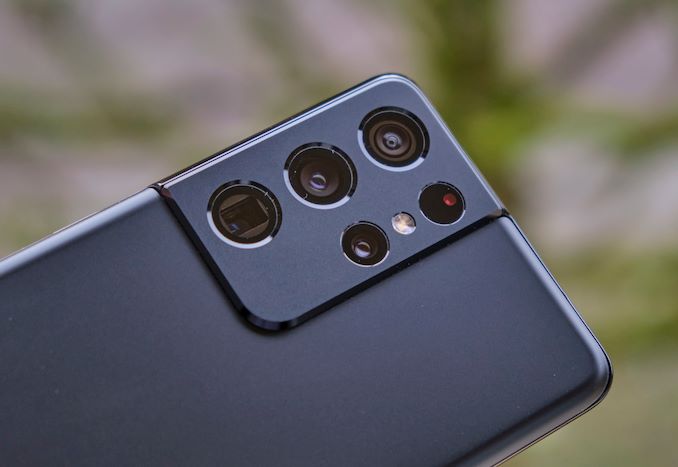
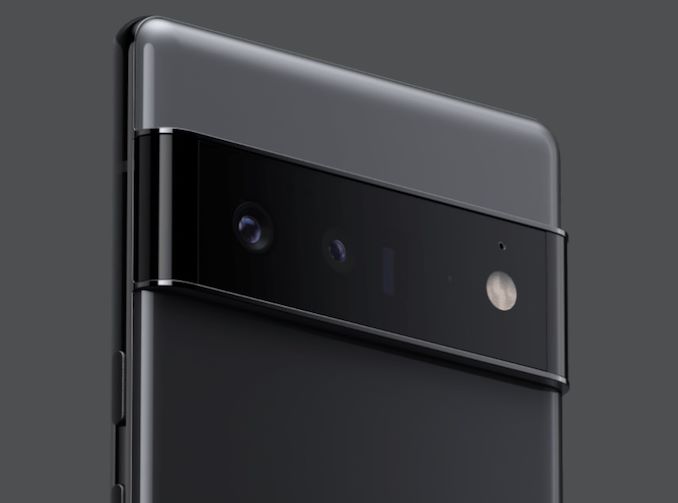

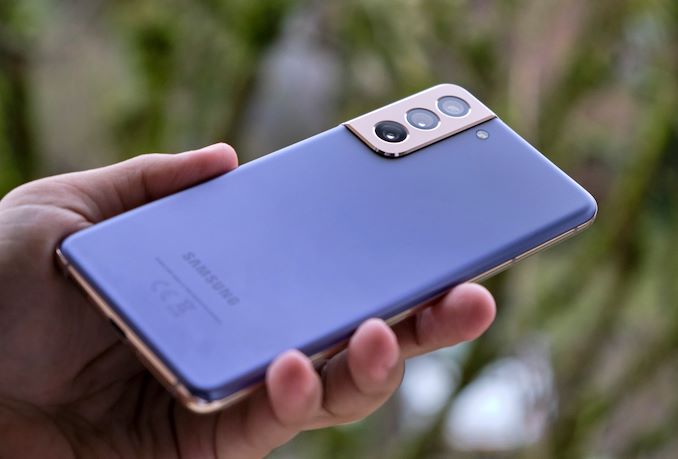
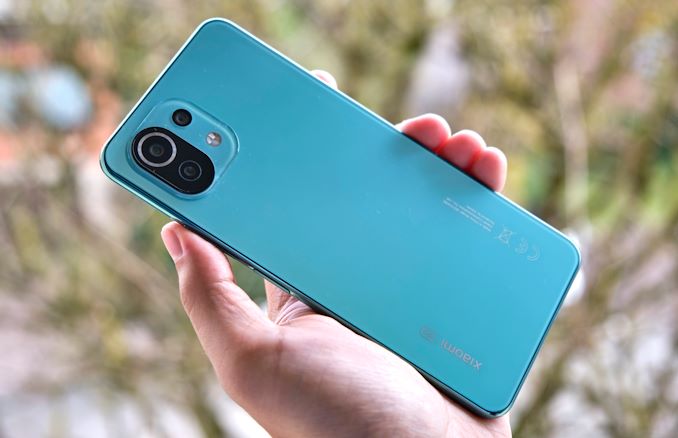
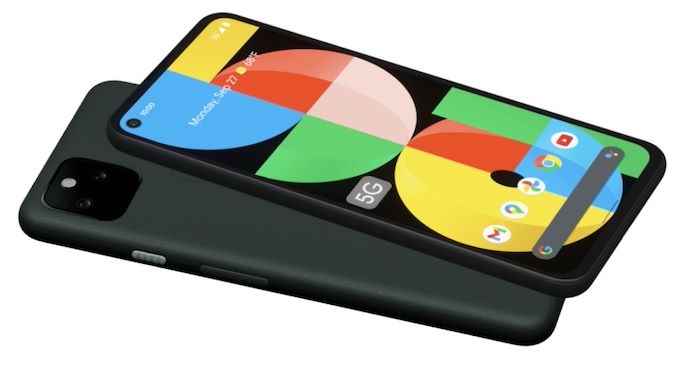
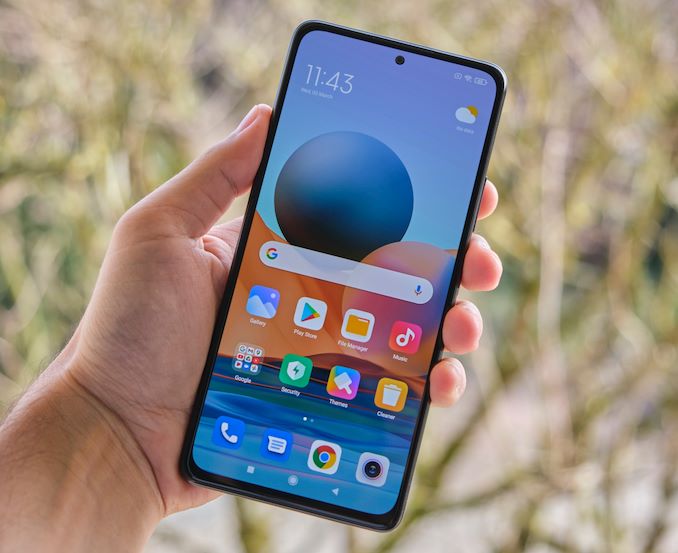









23 Comments
View All Comments
lightningz71 - Friday, November 19, 2021 - link
A good alternative to the Pixel 5A 5G is the Samsung A52 5G. The processors are very similar, with a slight nod to the Pixel, the screens are similar, with the Samsung being slightly better, Samsung has better cameras and can be had with 8GB RAM. The Samsung is a few dollars more, but, in that range of price, it's only a few %.As for the guide overall, I think it would be helpful to publish a guide that looked at the Cell carrier featured phones and identify the best available out of their offerings, such as the best free for new lines one, and their best subsidized midrange offering. Also, you have to keep in mind that some of the indicated phones in this list often lack a few bands that are used by certain carriers in the US, and that becomes a big deal in some areas, making an otherwise decent phone near worthless.
Wereweeb - Friday, November 19, 2021 - link
Anandtech seems to barely have the time and resources to cover the important stuff. I'd rather not have them make monthly detailed guides on which smartphone to buy if you live in this single country (Out of the 200 that exist).Just punch the features you want into GSMarena and Kimovil's phone finders and see what comes up.
heraldo25 - Saturday, November 20, 2021 - link
The updated Samsung Galaxy A52s 5G uses the Snapdragon 778G.https://www.gsmarena.com/compare.php3?idPhone1=110...
Kangal - Monday, November 22, 2021 - link
Came to comment on this. The options listed here aren't very good. Some phones from the list in the article should be avoided as they represent poor value, or bad experience. This includes the Samsung S21 Ultra, Pixel 6 pro, and Samsung A32.People should instead carefully consider these options:
Samsung A52s-5G (best value here?)
Samsung S21+ (meh, discounted)
Samsung Galaxy S20 FE version (deep deeps discounts!)
OnePlus 9 Pro (great but imperfect)
Pixel 6 (non-pro)
Pixel 5a (cheap for USA residents)
Sony Xperia 1 mk 3 (best phone overall)
Sony Xperia 5 mk 3 (best phone overall)
Motorola G200 (new, decent value)
ASUS RoG Phone 5 (best gaming)
ASUS Zenfone 7 Pro (best selfie)
ASUS Zenfone 8 (best compact)
Redmi Poco F3 (cheap)
Xiaomi X3 Pro (very cheap)
Redmi Note 10 Pro (stupidly cheap)
TheinsanegamerN - Friday, November 19, 2021 - link
It's a damn shame what's happening in the budget market. The moto g power 2022 looks even worse, STILL has a 720p screen, but now larger so you can see the garbage. Oh its 90hz, great! high speed blur! Still a mono speaker, and now with a garbage mediatek chip instead of a snapdragon. Rediculous.Samsung isnt much better, $279 with a 720p display, mono speaker, mediatek processor? Gross.
Looks like the moto g power, with stereo speakers, 1080p display, snapdragon 600 series chipset, and headphone jack was the peak of budget phones.
TheinsanegamerN - Friday, November 19, 2021 - link
The 2020 moto g power. The 2021 is scrap metal.lightningz71 - Friday, November 19, 2021 - link
I rather enjoyed the 2020 Moto G Stylus. The only reason I'm not still using it is that I changed carriers and got a screaming deal on the Samsung Galaxy A52 5G.Samus - Sunday, November 21, 2021 - link
What's wrong with the 2021? On paper it appears to be an all around improved phone.Silver5urfer - Friday, November 19, 2021 - link
Pixel has numerous issues, even Android Police had them mentioned and Droid life as well, the Finger print scanner is bad, Screen is worse it has banding issues, the stereo speaker is utter trash. Tensor is a big joke, phone internal cooling is horrible. DIY or anything inside the phone is also hard due to infinite glue and USB port is soldered to the main board.That is a pathetic trash device which should not exist in the Flagship arena. Sony Xperia Mark 3 is the real phone which deserves money as it has In box charger, SD slot, 3.5mm jack, no frills display like no notch no hole, great stereo speakers, solid build quality, good camera esp Pro application. What else anyone needs ? The disadvantages of that phone are - SD888, horrible processor with high heat and that phone cannot contain most of the heat without dropping performance, this is the case with most 888 devices, then the price is uber expensive and availability is poor.
Speedfriend - Friday, November 19, 2021 - link
I have a Pixel 6 Pro and I have had no fingerprint issues or screen issues and my battery life has now improved. What is a problem is the poor charging performance coming from a Huawei P30Pro and how hot the phone gets at times. But overall happy as it feels very fast and takes great pictures and video